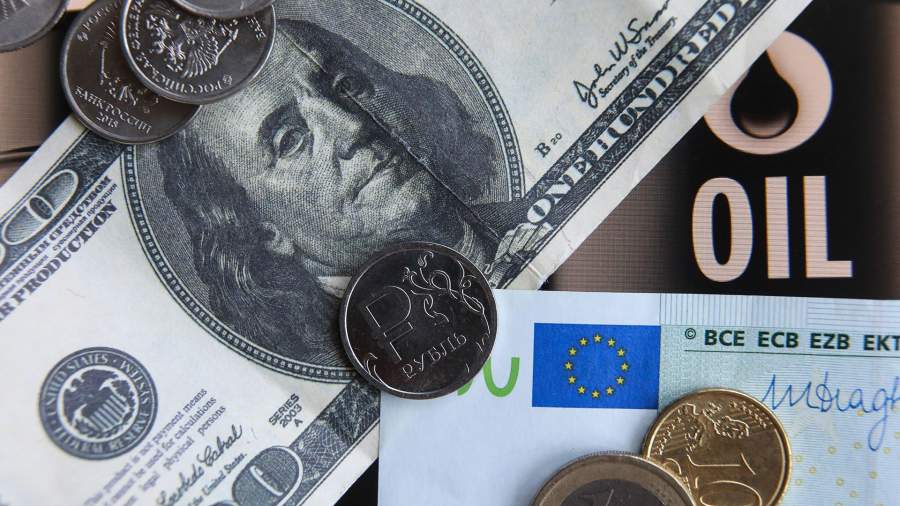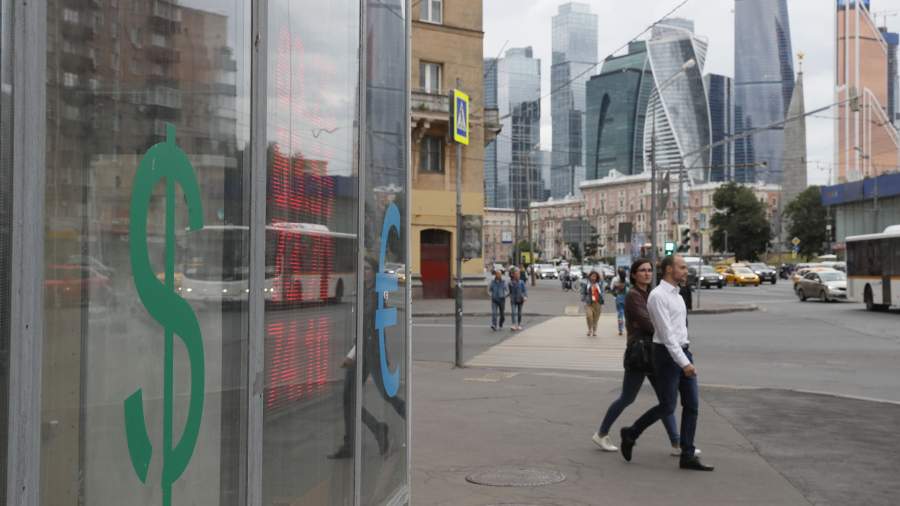In the first week of September, the Russian ruble experienced a sharp drop against major foreign currencies, dropping by one and a half to two rubles against the dollar and the euro. However, this political meltdown is likely to be a one-off event with little impact on the long-term trajectory of exchange rates. The long-term trend for the strengthening of the euro could be much more significant. Details – in the material “News”.
When the coronavirus crisis was just beginning, many believed that the European currency was one of the highest-risk assets. First, at the initial stage of the epidemic, the blow touched precisely the European countries (Italy, Spain) in the first place. At that time, it was not clear how much the virus would affect the rest of the world.
Second, the experience of the last two crises was not the most encouraging for the European Union: the clumsy structure of the international union did not allow it to respond to economic shocks as effectively as, for example, in the United States and China. As a result, the consequences of the financial collapse of 2008 stretched out for many years, and then resulted in the debt crisis in Greece, which also affected the rest of southern Europe. Many expected that even now the eurozone would “crumble”.
This, however, did not happen. Although at first the EU states reacted to what was happening somewhat panicky and more in the style of “saving the drowning is the work of the drowning themselves”, by April-May, when the depth of the economic collapse became obvious to everyone, they still managed to agree on serious anti-crisis measures, more or less the degree of satisfying the interests of all parties. Even ardent skeptics of a single financial and economic program, such as the leaders of the Netherlands, Austria and Denmark, were convinced of the need for decisive action.
The euro has been gaining momentum since spring. It sank to an almost three-year low of $ 1.07 at the end of March, and then rallied gradually over five months. In early September, it temporarily exceeded the $ 1.2 mark for the first time in two years. There was a feeling that a strong euro (since the end of 2014 is a very rare occurrence) is finally serious and for a long time. Most importantly, this happened during the most severe economic crisis over the past 50 years, while in the past the European currency has strengthened along with the global conjuncture.
For Europeans, however, this is far from the best news. First of all, a strong euro weakens the export potential of the countries of the monetary union. Many EU states, primarily Germany, are export-oriented, and the growth of the exchange rate may hit them especially hard. In addition, the ECB would probably like to weaken the currency now, on the contrary, as the high exchange rate could increase the deflationary pressure on the economy. Now, Brussels’ monetary policy is focused on accelerating inflation within reasonable limits, since deflation can hit debtors and force citizens and organizations to keep money under the mattress, rather than spend it, thereby revitalizing the economy.
According to Finam analyst Sergei Drozdov, a large-scale aid package (€ 750 billion) provided to the European economy this summer played a key role in the rise of the euro. At the same time, the trend has been softened in recent days.
– The bullish sentiment of the foreign exchange market players was stopped by the rhetoric of the senior economist of the European Central Bank Philip Lane, who said that the strong strengthening of the euro could affect the regulator’s forecasts on the growth rates of the region’s economy and further influence decisions on the formation of monetary policy. It cannot be ruled out that in the future the ECB will try to take measures to curb the growth of the single European currency.
According to Yevgeny Mironyuk of Freedom Finance, the European currency in recent years has not really gone beyond a certain corridor, despite quite noticeable fluctuations, especially during the current crisis.
– Despite certain bursts of volatility, the euro against the dollar gravitates towards a certain wide range, the stable lower border of which is near $ 1.05 per euro, and the upper one is more conditional, but technically coincides with the sloping resistance line from 2008, which falls on the tops on the EURUSD chart. The high of $ 1.2 per € 1 is one of these tops from which a downward correction is likely.
According to him, strong production data from the United States prevented from passing this level, as well as statements by Treasury Secretary Stephen Mnuchin, who promised to make efforts to speed up negotiations on a package of economic stimulus measures.
– It is possible to retest the quotes of the levels in the region of 1.2-1.205 dollars per euro, but in the long term we expect more decisive actions by the European Central Bank to return the rate to values below $ 1.15 per euro.
The head of the analytical research department of the Higher School of Financial Management Mikhail Kogan said in an interview with Izvestia that the reasons for the strengthening of the euro should be sought not in Europe, but overseas.
– So, the balance of the FRS, which characterizes the work of the “printing press”, in the coming years may triple in comparison with October 2019, when in fact the American Central Bank again returned to anti-crisis measures. The US national debt, in turn, can demonstrate a galloping growth in the coming years and already reach 100% of GDP as a result. The reason is in excessive government spending and a monstrous deficit of 16.0% of GDP, which next year will only decline to 8.6% of GDP. The COVID-19 pandemic has seriously exacerbated this problem, which can become chronic. Europe has similar problems and similar recipes, but no such “appetites”.
Experts interviewed by Izvestia were divided over the usefulness of a strong euro period for Russia. According to Sergei Drozdov, the strengthening of the European currency will negatively affect domestic companies that buy products in Europe and subsequently sell them on the domestic market for rubles.
In turn, Yevgeny Mironyuk considers this state of affairs to be ambiguous for our country.
– Firstly, the share of euro in gold and foreign exchange reserves is high, about 31% of more than 600 billion in dollar terms. Secondly, it increases the potential income of exporters. But at the same time, the expensive euro in relation to the ruble reduces the purchasing power of the Russian currency, which is primarily reflected in the welfare of citizens. Also, the expensive euro reduces the competitiveness of import-dependent sectors of the economy, primarily the manufacturing sector. A stable exchange rate of the euro against the ruble and the US dollar is beneficial for Russia, – he concluded.
Mikhail Kogan is sure that such a disposition will bring only advantages for Russia in the future.
– Taking into account the structure of gold and foreign exchange reserves, where the share of the dollar is 24.5%, while the euro accounted for 30.8% and monetary gold – 19.5%, Russia will simply benefit from a positive revaluation. Which actually happened in the summer months. From the point of view of foreign trade, a more expensive euro relative to the dollar means a larger volume of exports in ruble terms, a larger amount of duties paid to the budget, a better state of state finances, the expert noted.


